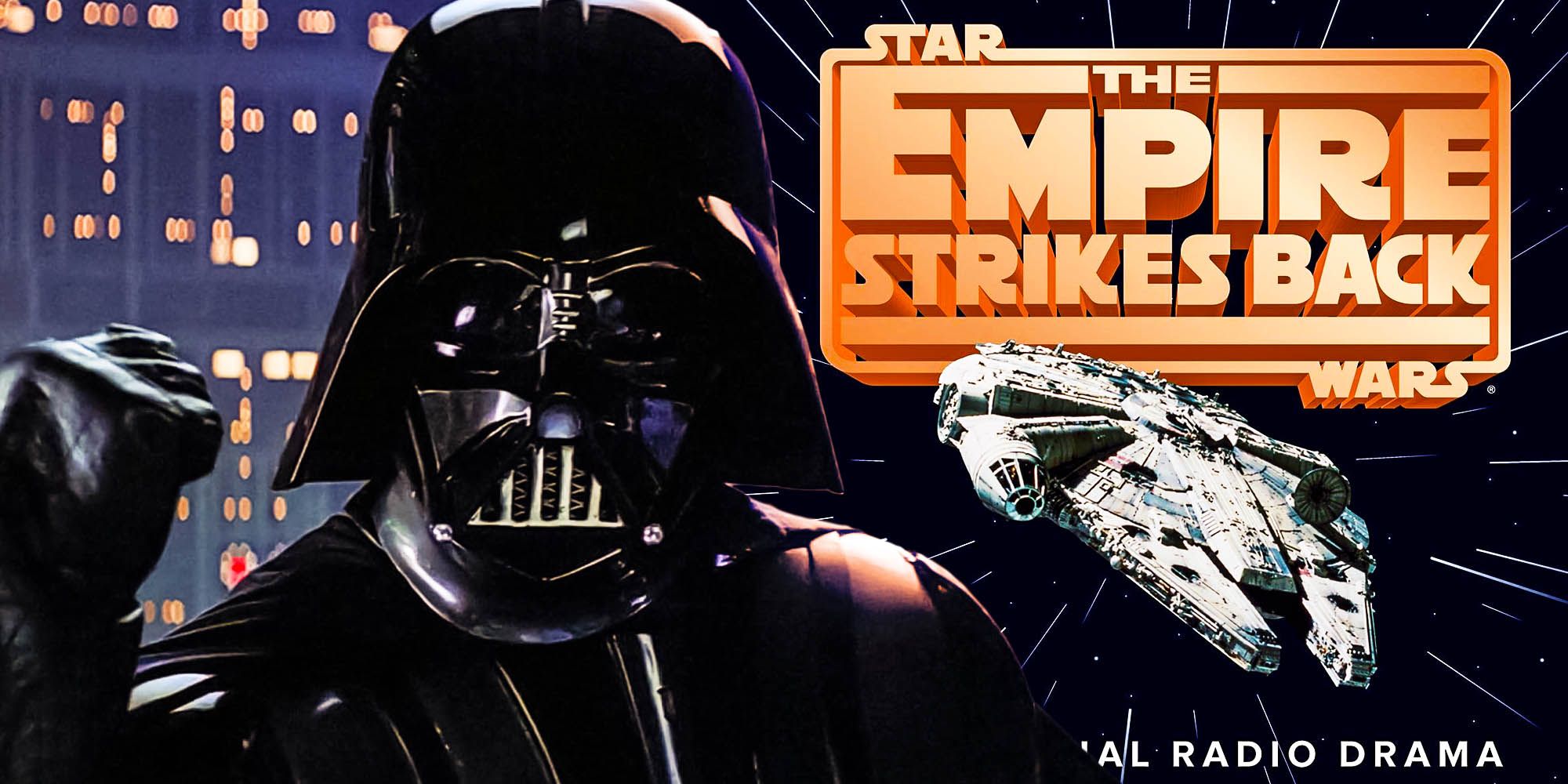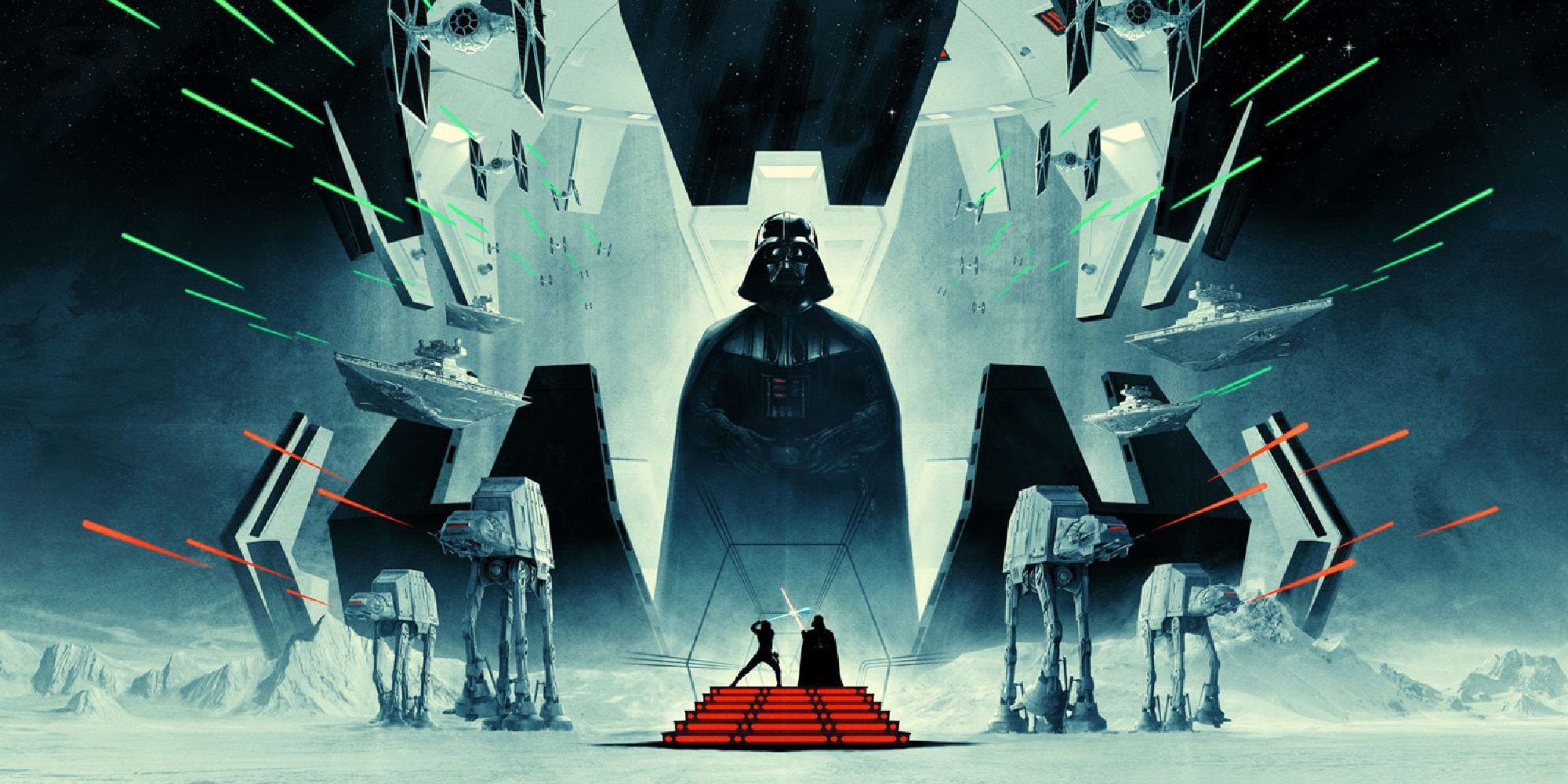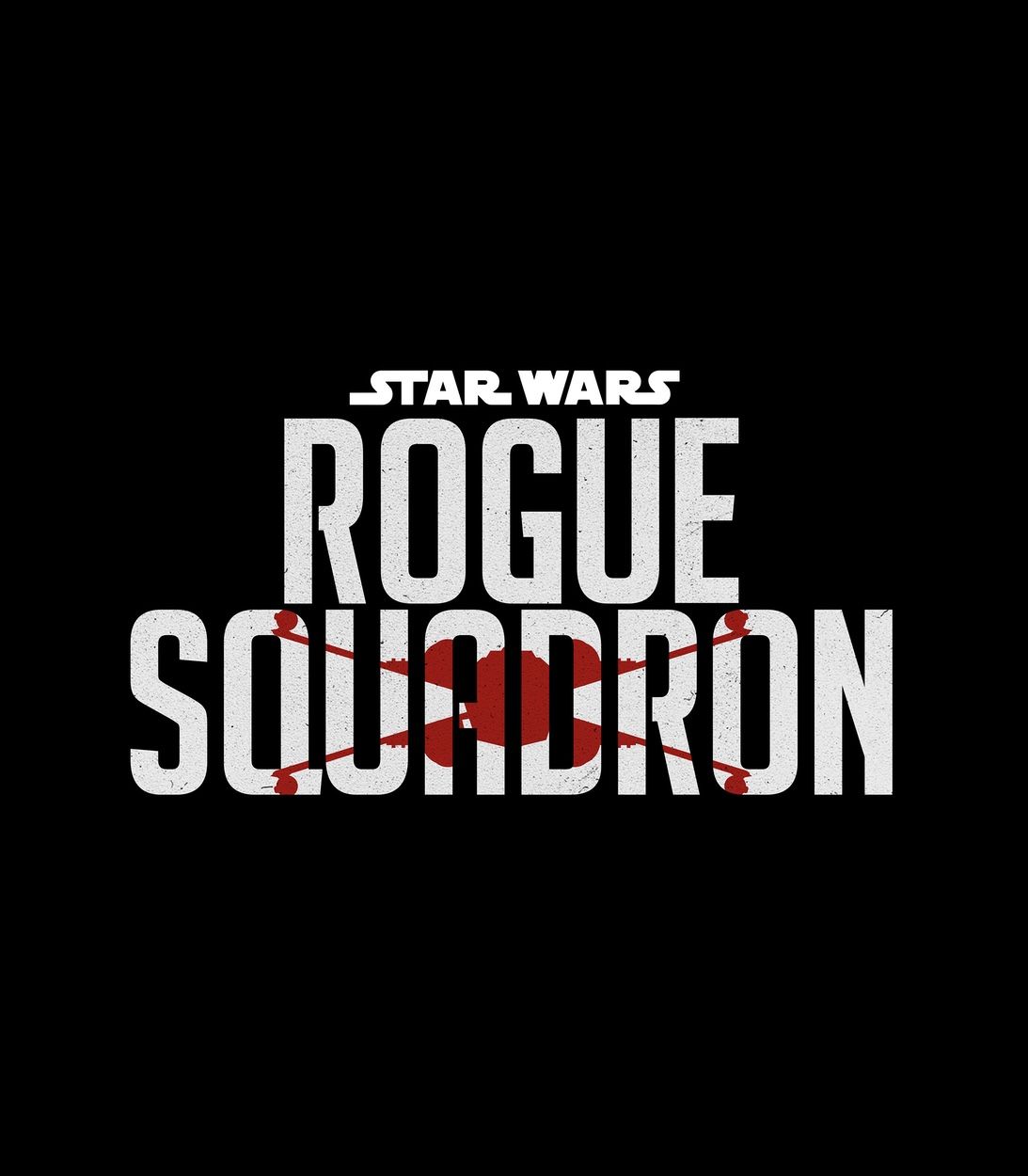The Empire Strikes Back is considered by many to be the greatest Star Wars film, but the movie was retroactively improved three years after its release. Thanks to the 1983 radio drama, The Empire Strikes Back was given additional scenes, dialogue, and lore that added to the fledgling Star Wars Legends lore in the franchise’s early years and improved the story as a whole. Following the successful Star Wars radio drama from 1980, which gave the film a completely new opening act and explained how the Death Star plans were stolen, it’s no surprise that Empire would get a radio adaptation too. Though it had significantly fewer additions than its predecessor, the Empire Strikes Back radio drama made similar improvements to the already-epic film.
All main Star Wars saga films, whether they’re part of canon or Legends, have been adapted to various mediums, such as novels and comics, but the original trilogy films had radio dramas. Like the other adaptations, the radio dramas included additional scenes, but theirs tended to have greater ramifications for the Legends continuity. The Star Wars radio drama introduced the climactic Battle of Toprawa and the villainous Lord Tion, while Return of the Jedi’s referenced Shadows of the Empire. Similar to the 1997 original trilogy special editions, The Empire Strikes Back was given the fewest new additions, but they still enriched the narrative and provided lore for future Star Wars Legends properties.
The Empire Strikes Back’s radio drama, like its predecessor, has a completely new opening scene, showing the Battle of Derra IV, a devastating defeat for the Rebels that resulted in the death of Commander Arhul Narra. In the first act, the radio drama also includes an additional scene of Luke and Han talking as they wait for a Rebel search party to find them in the harsh Hoth tundra. Additional dialogue between Luke and the Rebel medical droid, 2-1B, reveals that the latter once served the Empire before joining the Rebellion. The film is renowned for its characterization and emotion, and the additional scenes supplement it beautifully.
The new opening scene in the radio drama has notable ramifications for both The Empire Strikes Back and other Legends material. Commander Narra was a friend and mentor to Luke within the Rebellion, and his death led Luke to take his place as Commander, which Luke took no joy in. This is a direct and likely intentional contrast to Darth Vader, who would infamously execute subordinates if he felt they were liabilities, and immediately replace them. Narra made several other Legends appearances, including the Star Wars: Empire comics, in which he and Luke recruited Able, an old Clone Trooper, to the Rebellion.
Luke and Han’s additional dialogue on Hoth served the vital purpose of acknowledging how far they’d come since A New Hope. They were best friends who’d fought alongside each other for three years at that point, and their humorous dialogue added some much-needed levity to an intensely dire situation. 2-1B’s brief exposition about Imperial service also highlights both the sapience of droids in the Star Wars universe and that a sizeable portion of the Rebellion is made up of former Imperials who became disgusted by the regime they served.
With a dark and character-driven plot, The Empire Strikes Back more than earns its reputation as one of the best Star Wars films. At only a little over two hours, however, there was only so much content that could be included in the film. The radio drama, with over three and a half hours of content, enriched the classic film, adding to its renowned character development and integrating it further with what was the official Star Wars continuity at the time. Thanks to The Empire Strikes Back radio drama, the heartfelt and exciting film was improved.



